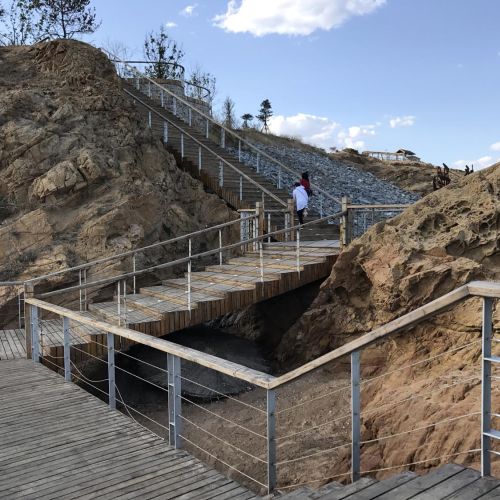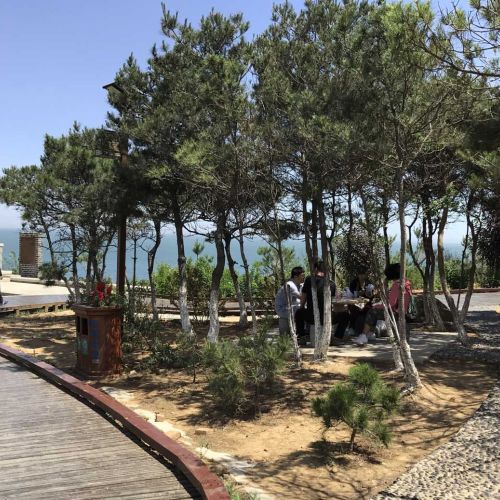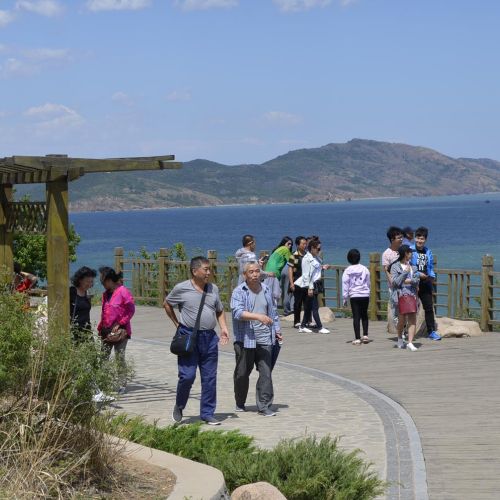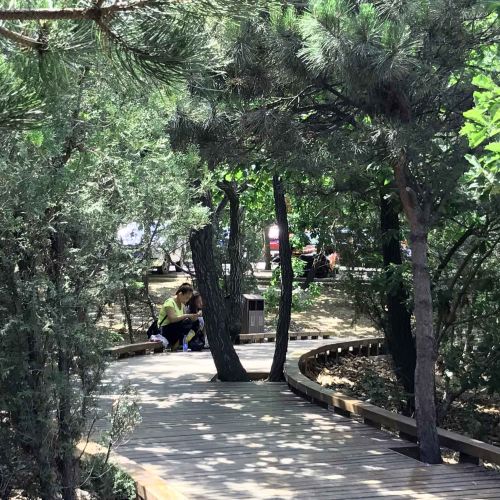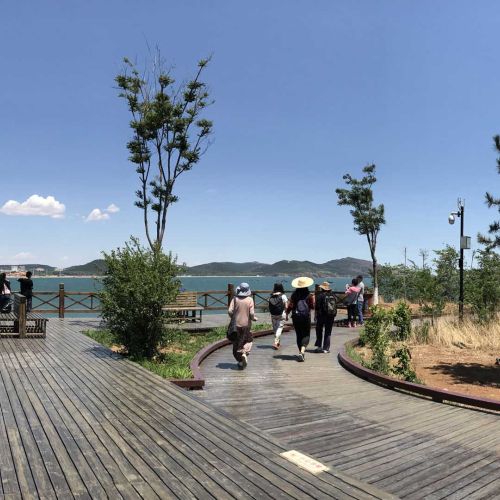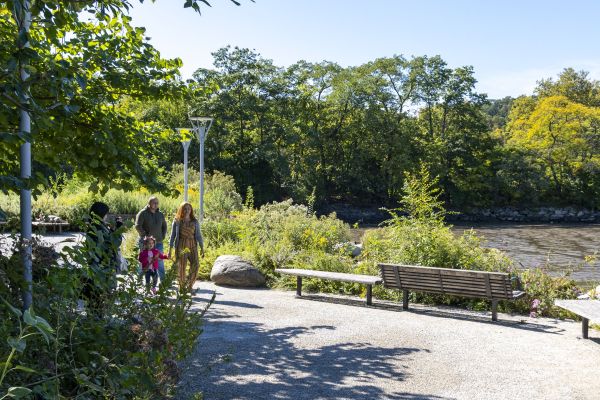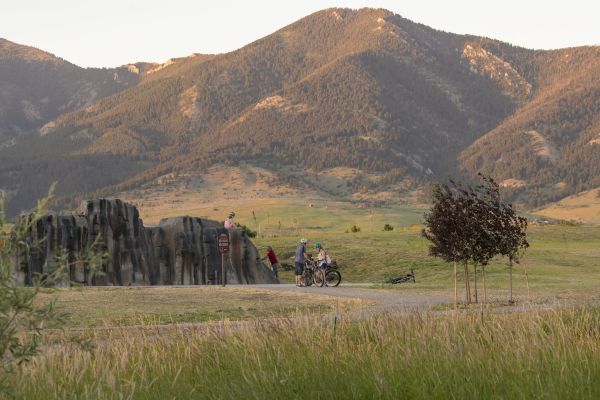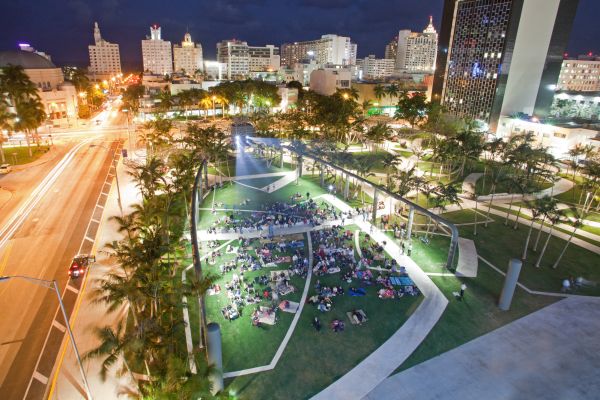About
The Huludao-Xingcheng Coastal Trail connects beaches, scenic spots, and cultural and historical sites along the Bohai Sea coast between the cities of Huludao and Xingcheng, about 250 miles northwest of Beijing, China. The trail not only provides increased access to recreational opportunities, but it also protects the coastal ecosystem by reducing tourism pressure on the two most popular beaches. It has become a popular destination for both residents and tourists and contributes to substantial increases in outdoor activity, social interactions, and tourism revenue. In keeping with the natural beauty of the coastal environment, the trail incorporates traditional Chinese shan-shui landscape design principles. The term shan-shui describes a balanced approach that does not seek to dominate a landscape’s natural scenery.
Project Details
Description
Connecting seven beaches, 11 major scenic spots, and four cultural and historical sites, the 3.7-mile-long Huludao-Xingcheng Coastal Trail is located on the Bohai Sea coast between Huludao and Xingcheng, about 250 miles northwest of Beijing, China. Prior to its construction, tourists and residents had limited recreational choices in the area. Many natural and cultural coastal treasures remained undiscovered, while others were only accessed through unsafe, improvised staircases.
Incorporating traditional Chinese shan-shui principles, the trail blends into the surrounding environment and offers sweeping views of mountains, ocean, city skyline, and other areas of interest. The design team first identified critical natural and cultural resources and determined the best places to observe them; these became locations for viewing platforms and pagodas. Sight lines were chosen to achieve a harmonious relationship between the trail, the carefully scaled structures, and the surrounding landscape. A mix of wind-resistant indigenous trees, shrubs, and groundcover vegetation were planted to stabilize soil. Several bridges cross over large gullies; the steep slopes within the gullies were stabilized with locally sourced gravel.
The new 3.7-mile trail is a backbone that connects and provides access to recreational resources while protecting and expressing the natural beauty of the coastal environment. Five unsafe, improvised staircases were replaced; the new trail includes eight staircases that provide safe access to the seven beaches while significantly reducing erosion potential for the cliffs.
Project Goals
- Improve access to natural and cultural resources for residents and visitors.
- Create intimate, shaded gathering places to provide areas for socializing and resting.
- Build platforms in locations with sweeping views toward the ocean, the city skyline, and other focal points.
- Replace improvised staircases to increase safety and to significantly reduce erosion risks for cliffs.
- Express nature’s shan-shui (mountain-water) beauty and provide a cultural landscape appreciation experience.
Adapted from the original LAF LPS case study.
Social Benefits
- Attracts an estimated 10,000 residents per day for recreational activities and serves as a popular tourist destination for 3 million visitors per year, with a maximum visitation of 35,000 people per day from mid-June to mid-October.
- Helps to accommodate over 100 festivals, competitions, and other events annually in Huludao and Xingcheng. The trail encourages social interactions within or between the two cities for 91% of 42 surveyed residents.
- Improves physical health and diversifies opportunities for recreational activity according to 93% of 42 surveyed residents. The trail supports at least 22 types of outdoor activities and at least 35 exercise groups.
- Expresses traditional Chinese shan-shui landscape design principles according to 95% of 64 survey respondents.
- Improves understanding of ecological protection according to 84% of 62 survey respondents.
- Influenced housing choice for 69% of 42 surveyed residents.
Reprinted from the original LAF LPS case study.
Contact HU Jie hujie02467@126.com
Project Team
Executive Architect, Landscape Architect: Research Center for Landscape Architecture Planning at Beijing Tsinghua Tongheng Urban Planning & Design Institute (THUPDI)
Civil Engineer: Shenyang Municipal Engineering Design & Research Institute
General Contractor: China Construction Second Engineering Bureau Ltd.
Investor and Project Owner: Huludao Longwan District Management Committee
Total Cost
Budget: $5.3 million
Awards
International Award, British Association of Landscape Industries (BALI) National Landscape Award, 2014
